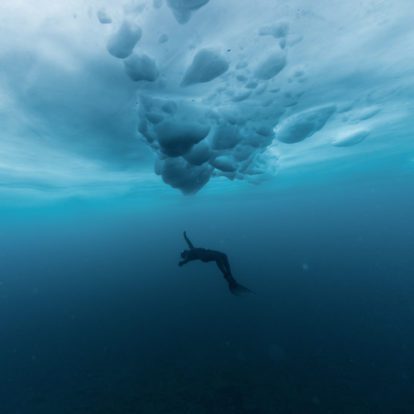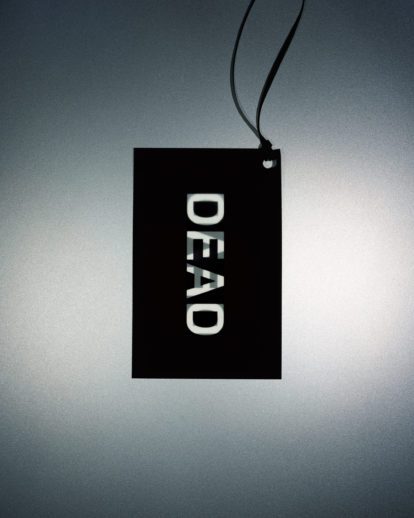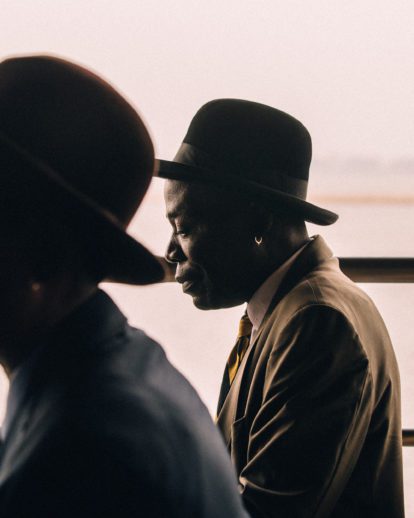On 7th August 1929, the greatest airship in history embarked on the greatest adventure of its career: Graf Zeppelin lifted off from Lakehurst, New Jersey, on an epic voyage around the world. The expedition was the brainchild of charismatic, hard-driving Zeppelin Company chief Dr Hugo Eckener, whose single-minded devotion kept the Zeppelin dream alive in the post-war doldrums.
This flight was proof of concept for Eckener’s vision of a world linked by transcontinental airships, and would seize the imagination of the aviation-obsessed public of the late 1920s.

Graf Zeppelin
An adventure it certainly was, with an eclectic company of adventurers from across the globe. Among the 20 passengers was Lady Grace Hay Drummond-Hay, a glamorous reporter of the Hearst newspaper empire, which provided sponsorship for the flight. She would be the first woman to fly around the world.
After crossing the Atlantic, Graf Zeppelin took off from Friedrichshafen, complete with feline stowaway, on the most perilous leg of its trip: 7,000 miles non-stop to Tokyo over the vast and empty heartlands of Russia. A forced landing in the Siberian taiga would have meant a slow and lonely death for the adventurers who, for now, ate caviar and drank fine German wines in the ship’s plush cabin, listening to jazz on the gramophone, as the unearthly, uninviting landscape drifted by 500 metres below.
From Tokyo the adventurers crossed the Pacific. Eckener timed their arrival above San Francisco perfectly, flying over the Golden Gate Bridge just as the sun dipped below the horizon.
Graf Zeppelin’s world flight was the last blast of the Jazz Age, the last brightness before the midnight of the century.
Graf Zeppelin returned to Lakehurst on 29th August, entering a storm of excitement. Eckener experienced his second New York ticker tape parade. Lady Hay was mobbed by screaming fans. It was a non-stop round of banquets and awards. Finally, the future of the zeppelin seemed assured.
But Graf Zeppelin’s triumphant circumnavigation was to be the high-water mark of the zeppelin story and, indeed, the last piece of global good news for more than 15 years. Wall Street crashed two months later, ushering in the Great Depression and the rise of Hitler. Eckener, an outspoken anti-Nazi, was sidelined.
When the Hindenburg exploded at Lakehurst in 1937, the game was up. Goering ordered Graf Zeppelin to be scrapped. Its world flight was the last blast of the Jazz Age, the last brightness before the midnight of the century. As Lady Hay put it, “Graf Zeppelin is more than just machinery, canvas and aluminium. It has a soul.”










